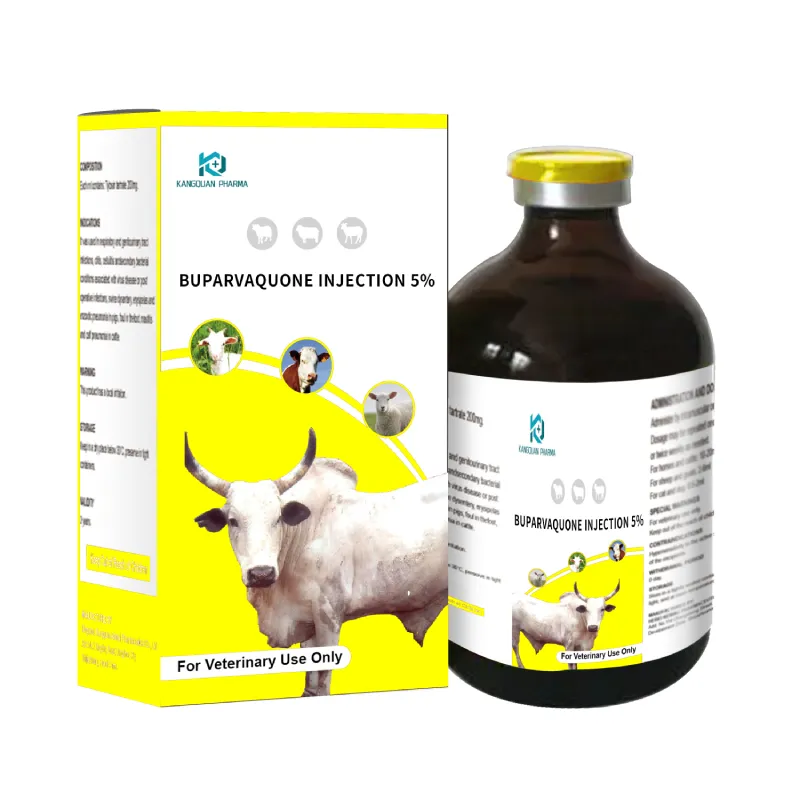- Afrikaans
- Albanian
- Amharic
- Arabic
- Armenian
- Azerbaijani
- Basque
- Belarusian
- Bengali
- Bosnian
- Bulgarian
- Catalan
- Cebuano
- Corsican
- Croatian
- Czech
- Danish
- Dutch
- English
- Esperanto
- Estonian
- Finnish
- French
- Frisian
- Galician
- Georgian
- German
- Greek
- Gujarati
- Haitian Creole
- hausa
- hawaiian
- Hebrew
- Hindi
- Miao
- Hungarian
- Icelandic
- igbo
- Indonesian
- irish
- Italian
- Japanese
- Javanese
- Kannada
- kazakh
- Khmer
- Rwandese
- Korean
- Kurdish
- Kyrgyz
- Lao
- Latin
- Latvian
- Lithuanian
- Luxembourgish
- Macedonian
- Malgashi
- Malay
- Malayalam
- Maltese
- Maori
- Marathi
- Mongolian
- Myanmar
- Nepali
- Norwegian
- Norwegian
- Occitan
- Pashto
- Persian
- Polish
- Portuguese
- Punjabi
- Romanian
- Russian
- Samoan
- Scottish Gaelic
- Serbian
- Sesotho
- Shona
- Sindhi
- Sinhala
- Slovak
- Slovenian
- Somali
- Spanish
- Sundanese
- Swahili
- Swedish
- Tagalog
- Tajik
- Tamil
- Tatar
- Telugu
- Thai
- Turkish
- Turkmen
- Ukrainian
- Urdu
- Uighur
- Uzbek
- Vietnamese
- Welsh
- Bantu
- Yiddish
- Yoruba
- Zulu
9 月 . 02, 2024 14:37 Back to list
Oxytetracycline Use in Animals | Benefits and Applications
Oxytetracycline is a broad-spectrum antibiotic belonging to the tetracycline class of antibiotics. It is widely used in veterinary medicine due to its effectiveness against a wide variety of bacterial infections in animals. This antibiotic is particularly valuable for its ability to treat both gram-positive and gram-negative bacteria, making it a versatile option for veterinarians dealing with diverse health issues in livestock and pets.
One of the primary applications of oxytetracycline in animals is to treat respiratory infections. These infections can be caused by various pathogens, including Mycoplasma, Pasteurella, and Actinobacillus species, which are common in livestock such as cattle, pigs, and poultry. By administering oxytetracycline, veterinarians can help reduce the severity of infections and promote faster recovery, ultimately leading to improved health and productivity in the affected animals.
Additionally, oxytetracycline is effective in treating certain gastrointestinal infections. Bacterial enteritis, often seen in young livestock, can lead to severe dehydration and weight loss if not addressed promptly. Using oxytetracycline, veterinarians can manage these infections, ensuring that the animals can maintain their growth and overall health.
Another significant use of oxytetracycline in veterinary medicine is for the prevention and control of diseases in herds or flocks. In many cases, antibiotics like oxytetracycline are administered prophylactically in feed or water to prevent outbreak of infections, especially in high-density farming operations. This practice helps maintain herd health and productivity, though it is essential for farmers to follow guidelines to avoid the development of antibiotic-resistant bacteria.
what is oxytetracycline used for in animals

In addition to bacterial infections, oxytetracycline has applications in treating certain parasitic diseases, such as those caused by Mycoplasma and some types of rickettsial infections
. These conditions can be challenging to diagnose and treat, but oxytetracycline offers a reliable option for veterinary practitioners managing complex cases.When using oxytetracycline, it is crucial for veterinarians and animal caretakers to be aware of withdrawal times. This term refers to the period that must pass after antibiotic treatment before the animal's products (such as meat or milk) can be safely consumed by humans. This consideration is vital for ensuring food safety and maintaining public health standards.
In summary, oxytetracycline plays a critical role in veterinary medicine, offering a valuable tool for treating and preventing a variety of bacterial and parasitic infections in animals. Its broad-spectrum efficacy, combined with its application in both therapeutic and preventive measures, makes it indispensable in the livestock and pet industries. However, responsible use, including adherence to withdrawal times and guidelines to avoid resistance, is essential for ensuring the long-term effectiveness of this antibiotic in veterinary practice. As our understanding of antibiotic use in animals continues to evolve, ongoing research and careful management will be necessary to optimize its benefits while safeguarding animal and human health.
-
The Power of Radix Isatidis Extract for Your Health and Wellness
NewsOct.29,2024
-
Neomycin Sulfate Soluble Powder: A Versatile Solution for Pet Health
NewsOct.29,2024
-
Lincomycin Hydrochloride Soluble Powder – The Essential Solution
NewsOct.29,2024
-
Garamycin Gentamicin Sulfate for Effective Infection Control
NewsOct.29,2024
-
Doxycycline Hyclate Soluble Powder: Your Antibiotic Needs
NewsOct.29,2024
-
Tilmicosin Premix: The Ultimate Solution for Poultry Health
NewsOct.29,2024













